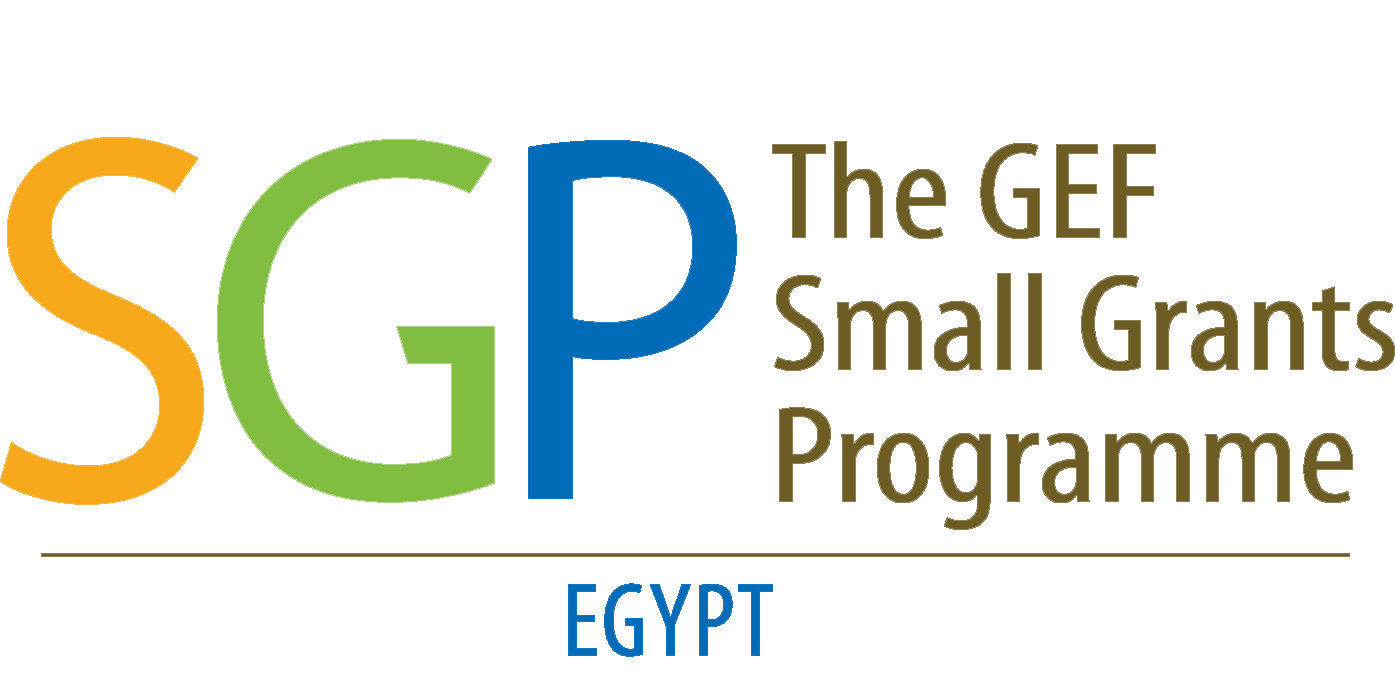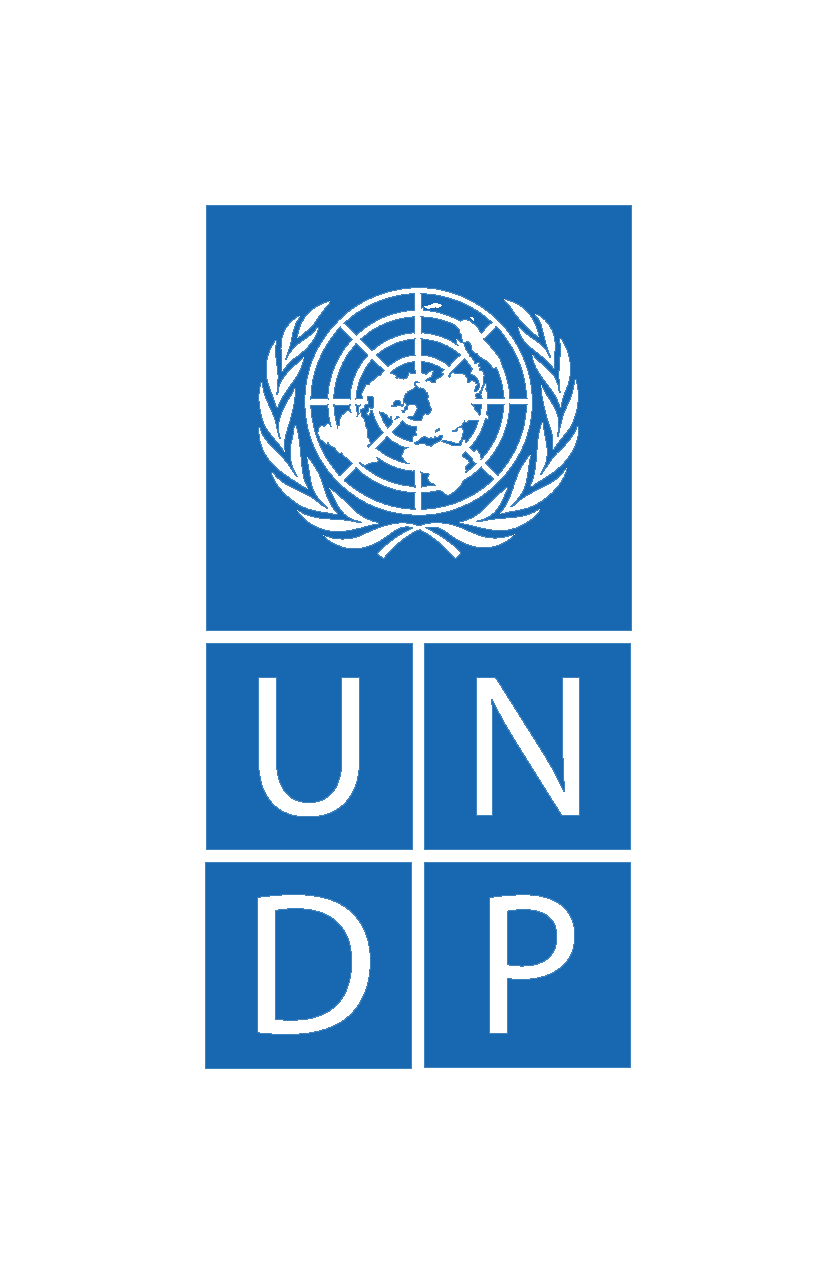International waters are fresh water systems (rivers, lakes and underground aquifers) or marine water systems (oceans, closed and semi-closed seas, wetlands, etc) whose basins are shared by two or more states.
With increase in world population and population densities in several areas, human activities have exerted several negative impacts on these water systems, on which the life of billions of people depends, especially in developing countries.
The amount of fresh water available for use in the world varies from one region to another.
About 41% of the world populations live in areas of water stress, and this percentage is expected to increase to 48% by 2025.
At present, the question is not only the availability of fresh water, but also its quality.
Pollution of surface and groundwater is increasing in many regions of the world.
It is estimated that diseases resulting from water pollution cause the death of about 3.5 million people every year.
Conventions have been formulated, and regional organizations have been set-up to regulate the use of shared water resources.
Historically, these agreements dealt with issues like allocation of shares of water, regulation of river and lake navigation, fishing, construction of dams and barrages and other water management devices.
Since about quarter of a century several of these agreements have been revised, or additional agreements have been formulated, to include environmental dimensions to protect shared water resources, and manage ecosystems in the shared basins in an environmentally sound manner.
In Egypt, the Nile is the main source of fresh water. The Nile Basin - which is shared by 10 countries- covers an area of about 2.9 million square kilometers and has a length of 6000 km.
The total annual discharge of the river at Aswan is about 84 billion cubic meters.
The share of Egypt from the Nile waters has been 55.5 billion cubic meters/year, according to the 1959 agreement between Egypt and Sudan.
In Egypt, there is a second shared water resource, namely the underground water in the Nubian Sandstone aquifer.
The latter extends from the Western Desert in Egypt to Libya, Chad, and to Sudan, and covers an area of about two million square kilometers.
It has been estimated that the total water in the Nubian Sandstone aquifer is of the order of 75000 cubic kilometers, most of which is considered non-renewable.
The maximum amount of fresh water than can be withdrawn from natural resources in Egypt has been estimated at about 64 billion cubic meters per year.
The per capita share of this water is, therefore, about 980 cubic meter/year, less than the water stress indicator.
Generally speaking, the Nile waters are being increasingly polluted; the main pollution is bacteriological due to the discharge of sewage in the Nile and its branches, directly and indirectly.
In addition, the Nile receives agricultural drainage and some industrial wastewater discharges.
Groundwater suffers also from pollution and depletion in some areas.
Within the framework of international co-operation to protect international waters, the Nile riparian states have agreed to launch the "Nile Basin Initiative", with the support of GEF.
The environmental component of the Initiative aims at building trust and fostering co-operation between different concerned States to protect the quality of the Nile waters, and promote sustainable development in its basin.
Concerning international marine waters, it is estimated that about 60% of the world population live on, or near, coastal areas.
The latter are among the most threatened areas of the marine environment.
Coastal areas receive discharges from rivers and drainage systems, and other land-based sources.
In addition they receive discharges from ships and from offshore operations.
International and regional agreements dealt mainly with regulating the use of the seas and fisheries.
However, since 1970 considerable attention has been given to protecting the marine environment and living marine resources, especially in coastal areas.
Several regional seas agreements and programmes have been formulated and adopted since that time.
In Egypt, the coastal areas extend for about 2420 kilometer. They represent different development sites for recreation, tourism, fisheries, industrialization, and international trade.
The coastal areas in Egypt suffer from degradation from different sources: maritime transport, exploration and production of oil and natural gas from offshore areas, discharge of wastes from different land-based sources, dredging and dumping from near-shore construction activities, and from seepage and discharges from boats and marine sporting vehicles and facilities.
Egypt works together with Mediterranean countries to implement the Barcelona Convention and its Protocols, which aim at the protection of the marine environment in the area.
Two major projects, supported by GEF, are under way in Egypt. The first is the Engineered Wetlands Project in Manzala; and the second is the Wetlands and Coastal Areas Conservation Project (MedWetCoast).
In addition, Egypt is co-operating with other countries in the implementation of the Action Plan to Protect the Red Sea and Gulf of Aden Environment.
A major project, funded by GEF, was implemented in Egypt for the management of coastal and marine resources in the Red Sea.
The Strategic Action Programme for the Red Sea and Gulf of Aden that is implemented by PERSGA is also mainly funded by GEF.


